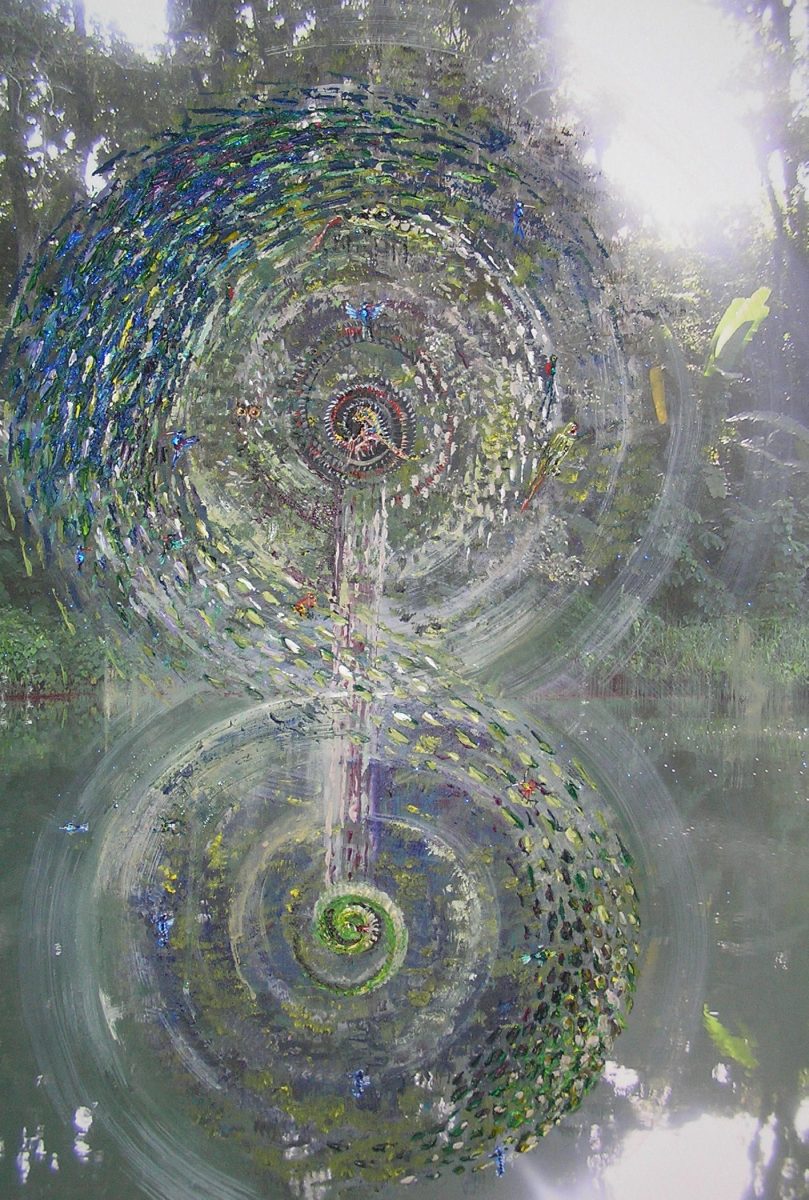 Investigated artwork ‘Yojoa’, now part of the permanent collection of the MCH.
Investigated artwork ‘Yojoa’, now part of the permanent collection of the MCH.
BETTER, the art of salubrity
Art has a positive influence on our feeling of well-being, as shown in the outcomes of research conducted under the name BETTER in the Medical Health Centre ‘Westeinde’ in the period of November 2012 until 8 February 2013. In particular the application of natural elements processed in works of art are expercienced as ‘wholesome’. BETTER, the interactive, explorative exhibition on the wholesome effect of art on healthiness was displayed in the Dutch Medical Centre ‘Haaglanden”. It was the first time scientific research was done into the key question: “Does art have any effect on our health” by means of this art exhibition which welcomed anyone interested in the topic.
The subject of many a heated discussion nowadays is the cut backs in health care and cultural activities. Tension is mounting between the demand for ‘practical purpose’ and measured outcomes on the one hand, and the need for subjective values and the quality of life on the other hand. Many people agree that art enriches our lives and thus has a beneficial effect on our well-being. The debatable point however is, whether this possibly wholesome effect can be measured.
The consortium BETTER, a group of co-workers from the world of art, health care and scientific quarters, under the expert guidance of Mr Martijn Engelbregt, is conducting research into the impact of art and art placebos on our health. BETTER is looking for answers in and out of the well-beaten tracks, is provoking a debate on the importance of art, the quality of care and its measurable effects.
The findings, conclusions and reflective considerations of this BETTER research have been compiled in an issue called: “ Please ingest’ (Du. Om in te nemen). The report was presented at the BETTER conference on 14 June 2013.
If you wish to read more on BETTER, the art of salubrity, or if you wish to order the report, please visit https://circusengelbregt.nl/